Abstract
Criminal profiling of violent, serial crimes plays a critical role in police work worldwide. However, its performance in Korea remains a topic of debate and has been deemed unsatisfactory; empirical studies on the behavioral characteristics of murderers are extremely scarce. This work analyzes some murder or suspicious death cases using autopsy, ruling, and public media reports, where available, as well as literature reviews. The findings are expected to raise research interest in the field of behavioral evidence analysis and encourage researchers to analyze murder cases with consideration for wound interpretation and case reconstruction. The basic concept of behavioral evidence analysis is that different patterns of offending actions will reflect differences in the personality traits or motives of offenders. The analysis of offending behaviors and witness or suspect statements can be a useful investigative tool for solving violent crimes. This paper presents a description of the case history, autopsy findings, and psychological connotations for eight murder or suspicious death cases, including serial killing, in the context of behavioral evidence analysis.
REFERENCES
1. Schroer J, Trautmann K, Dern H, et al. The significance of medicolegal findings for behavioural analysis in unsolved homicide cases. Leg Med (Tokyo). 2003; 5(Suppl 1):S243–6.
2. Douglas JE, Ressler RK, Burgess AW, et al. Criminal profiling from crime scene analysis. Behav Sci Law. 1986; 4:401–21.

3. Turvey BE. An introduction to behavioral evidence analysis. Turvey BE, editor. Criminal profiling: an introduction to behavioral evidence analysis. 4th ed.San Diego: Elsevier;2012. p. 121–40.

4. Turvey BE. A history of criminal profiling. Turvey BE, editor. Criminal profiling: an introduction to behavioral evidence analysis. 4th ed.San Diego: Elsevier;2012. p. 3–40.
5. Kim YS, Park MS. Linking wound interpretation to behavioral evidence analysis. Korean J Leg Med. 2016; 40:1–7.

6. Salfati CG, Horning AM, Sorochinski M, et al. South African serial homicide: consistency in victim types and crime scene actions across series. J Investig Psychol Offender Profil. 2015; 12:83–106.

7. Daly M, Wilson M. Crime and conflict: homicide in evolutionary psychological perspective. Crime Justice. 1997; 22:51–100.

8. Strack GB, McClane GE, Hawley D. A review of 300 attempted strangulation cases. Part I: criminal legal issues. J Emerg Med. 2001; 21:303–9.

9. Beasley JO 2nd. Serial murder in America: case studies of seven offenders. Behav Sci Law. 2004; 22:395–414.

10. Bennell C, Canter DV. Linking commercial burglaries by modus operandi: tests using regression and ROC analysis. Sci Justice. 2002; 42:153–64.

11. Douglas JE, Munn C. Violent crime scene analysis: Modus operandi, signature and staging. FBI Law Enforc Bull. 1992; 61:1–10.
12. Harbort S, Mokros A. Serial murderers in Germany from 1945 to 1995: a descriptive study. Homicide Stud. 2001; 5:311–34.
13. Crabbe A, Decoene S, Vertommen H. Profiling homicide offenders: a review of assumptions and theories. Aggress Violent Behav. 2008; 13:88–106.
14. Salfati CG, Bateman AL. Serial homicide: an ivestigation of behavioural consistency. J Investig Psychol Offender Profil. 2005; 2:121–44.
15. Alison L, Bennell C, Mokros A, et al. The personality paradox in offender profiling: a theoretical review of the processes involved in deriving background characteristics from crime scene actions. Psychol Public Policy Law. 2002; 8:115–35.

16. Salfati CG. Offender interaction with victims in homicide: a multidimensional analysis of frequencies in crime scene behaviours. J Interpers Violence. 2003; 18:490–512.
17. Salfati CG. The nature of expressiveness and instrumentality in homicide: implications for offender profiling. Homicide Stud. 2000; 4:265–93.
18. Rajs J, Lundstrom M, Broberg M, et al. Criminal multilation of the human body in Sweden: a thirty-year medico-legal and forensic psychiatric study. J Forensic Sci. 1998; 43:563–80.
19. Salfati CG, Canter DV. Differentiating stranger murders: profiling offender characteristics from behavioral styles. Behav Sci Law. 1999; 17:391–406.

20. Feshbach S. The function of aggression and the regulation of aggressive drive. Psychol Rev. 1964; 71:257–72.

21. Warren J, Reboussin R, Hazelwood RR, et al. Crime scene analysis and the escalation of violence in serial rape. Forensic Sci Int. 1999; 100:37–56.

22. Hazelwood RR, Burgess AW. An introduction to the serial rapist: research by the FBI. FBI Law Enforc Bull. 1987; 56:16–24.
23. Pinizzotto AJ, Finkel NJ. Criminal personality profiling: an outcome and process study. Law Hum Behav. 1990; 14:215–33.

24. Muller DA. Criminal profiling: real science or just wishful thinking? Homicide Stud. 2000; 4:234–64.

25. Desinan L, Mazzolo GM. Gunshot fatalities: suicide, homicide or accident? A series of 48 cases. Forensic Sci Int. 2005; 147(Suppl):S37–40.
26. Meyer CB. Criminal profiling as expert evidence? An international case law perspective. Kocsis RN, editor. Criminal profiling: international theory, research, and practice. Totowa: Humana Press Inc.;2007. p. 207–47.
Fig. 2.
(A) Stab wounds on the victim’s torso. The stab on the left hand is the same as that in the lower abdomen. (B) The stab on the right chest induced a fatal injury, penetrating to the heart and left lung.
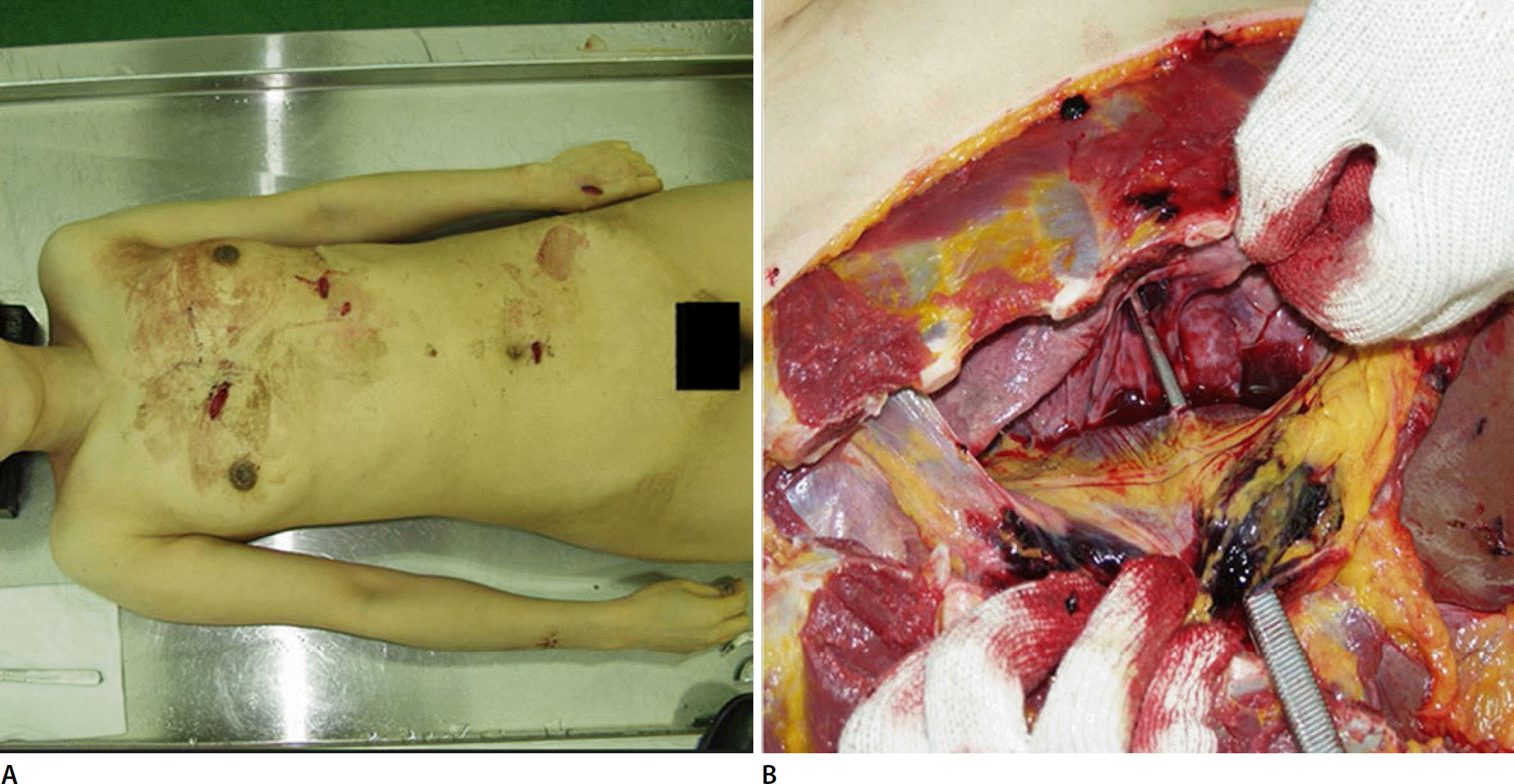




 PDF
PDF ePub
ePub Citation
Citation Print
Print


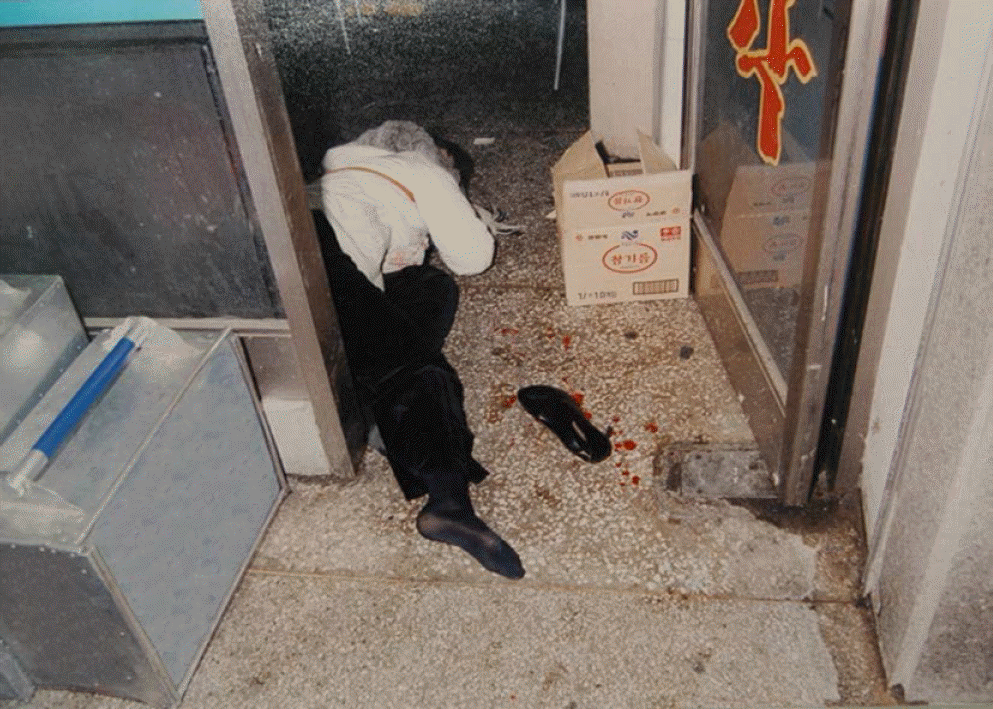
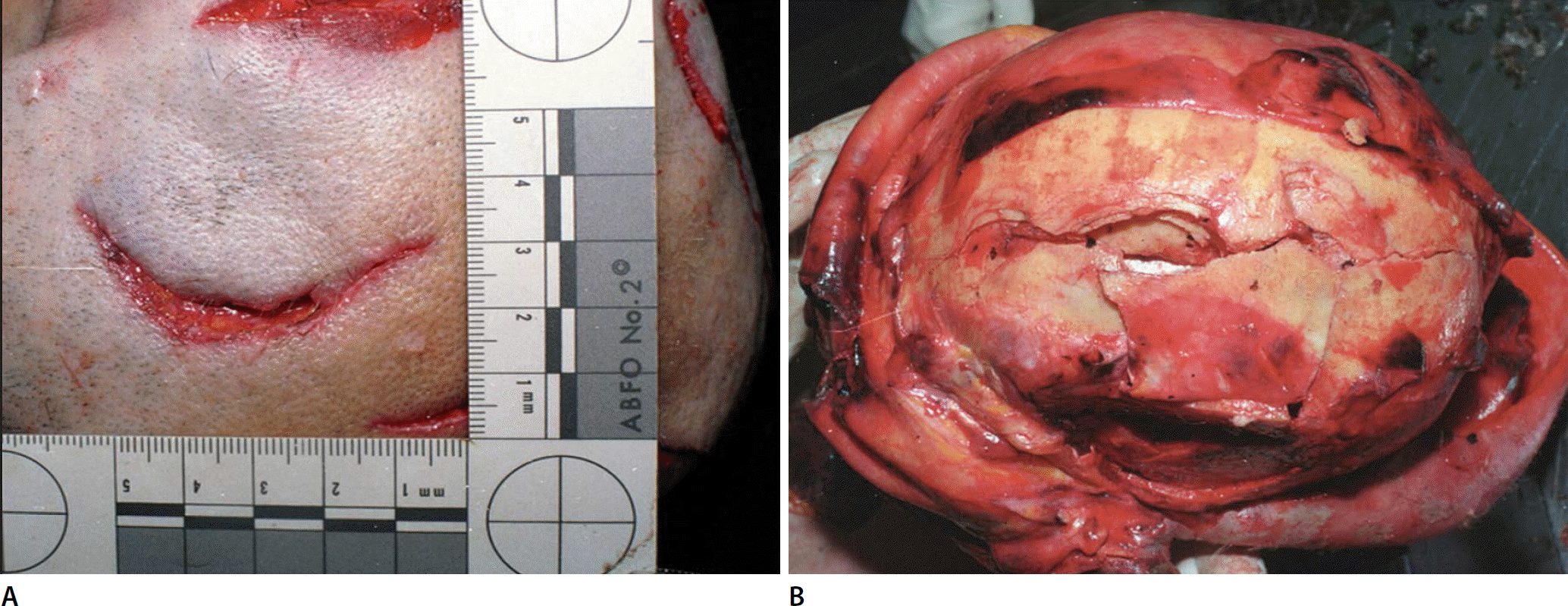
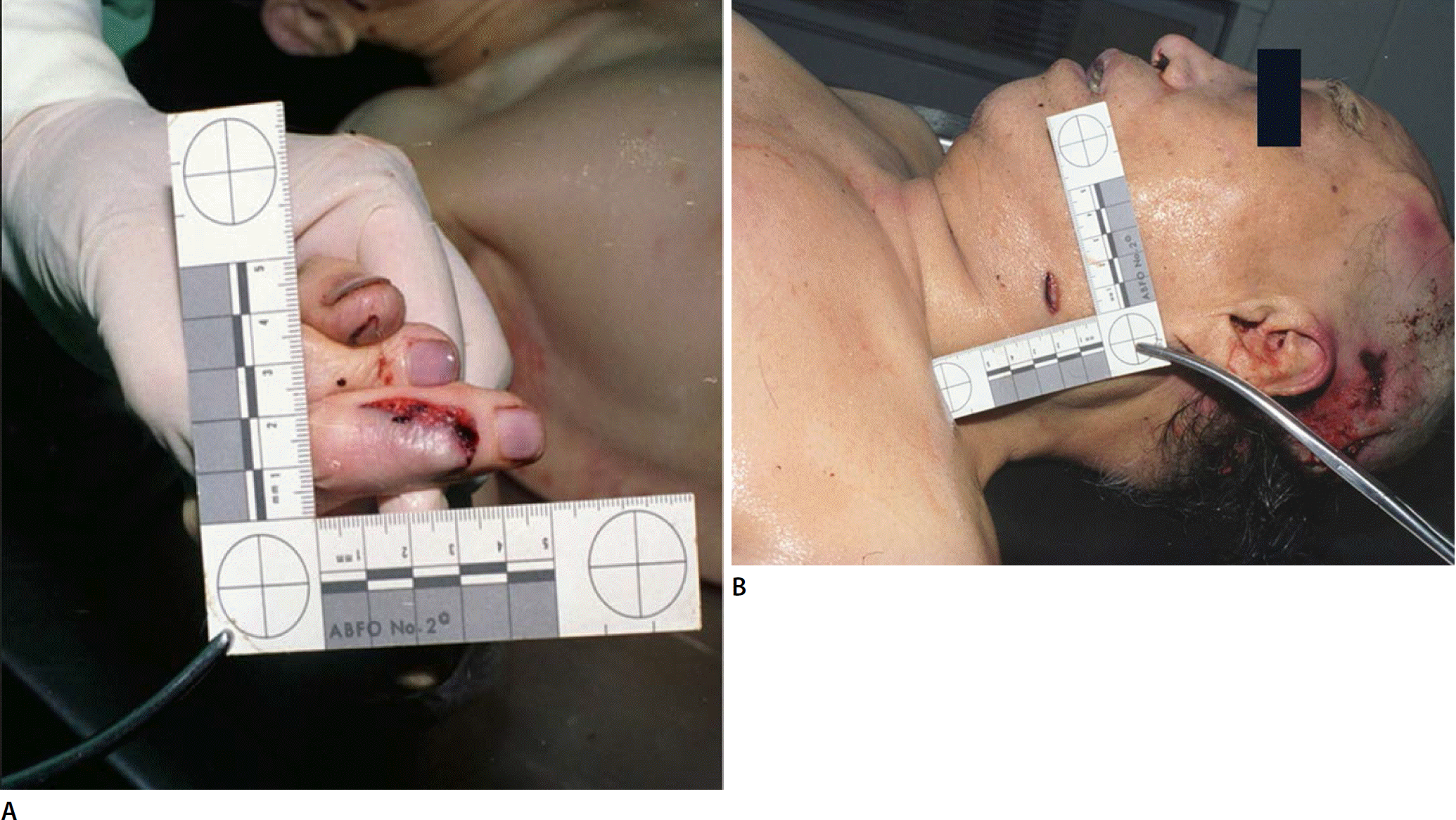
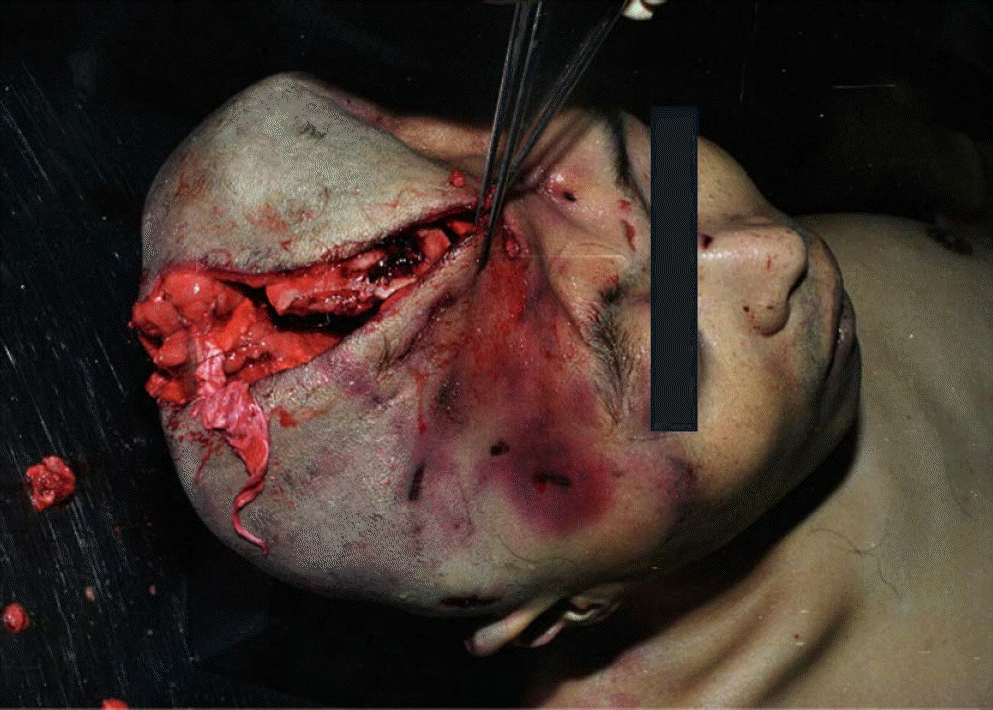
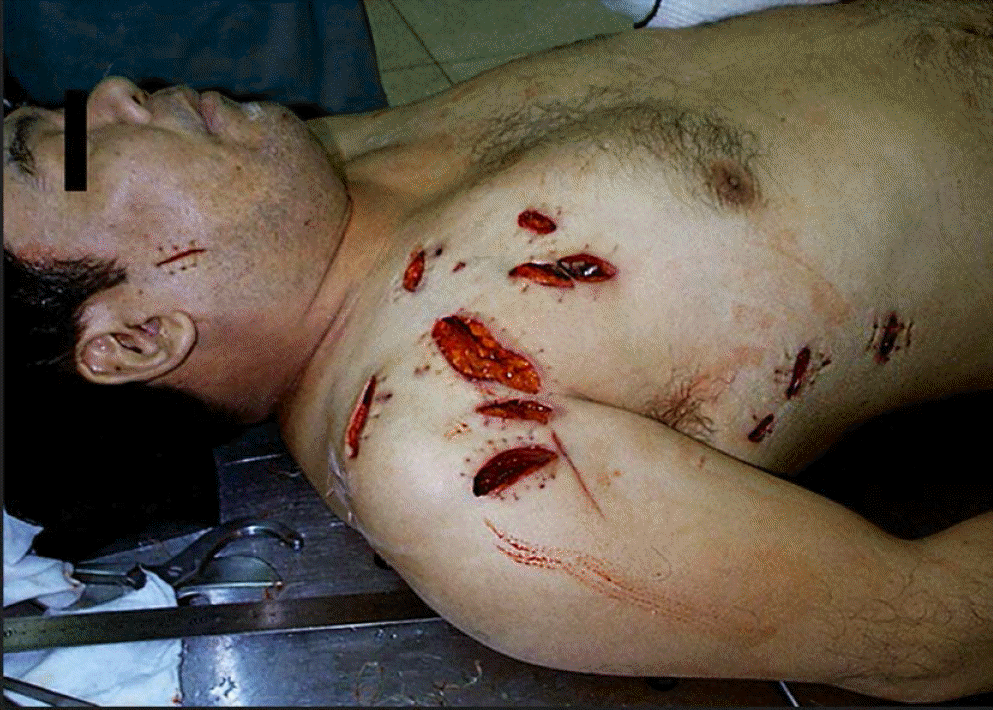
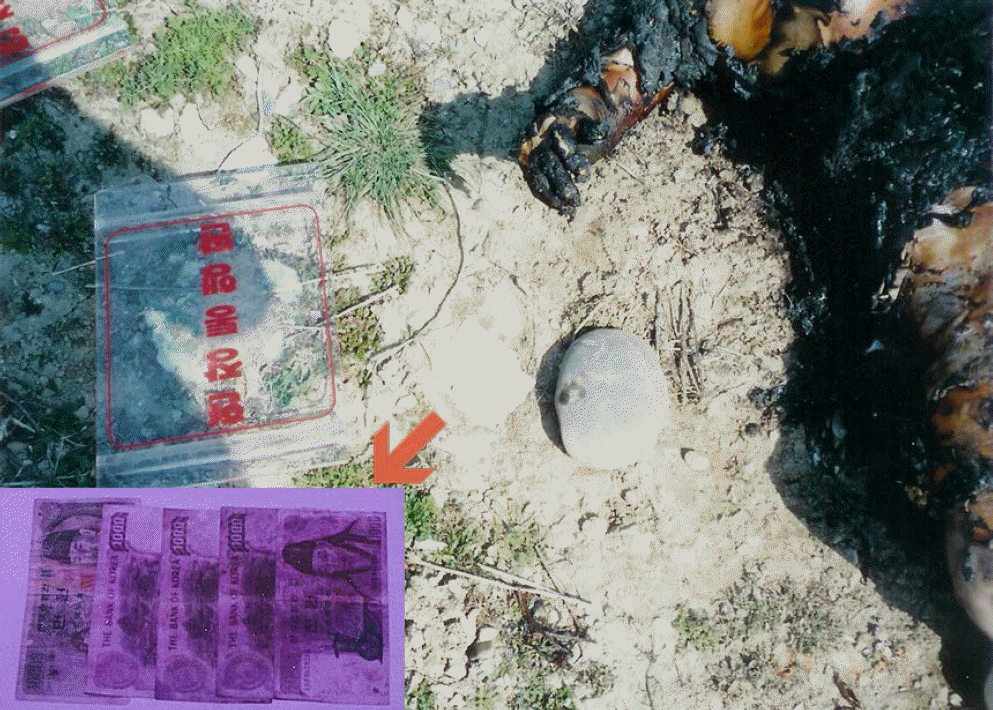
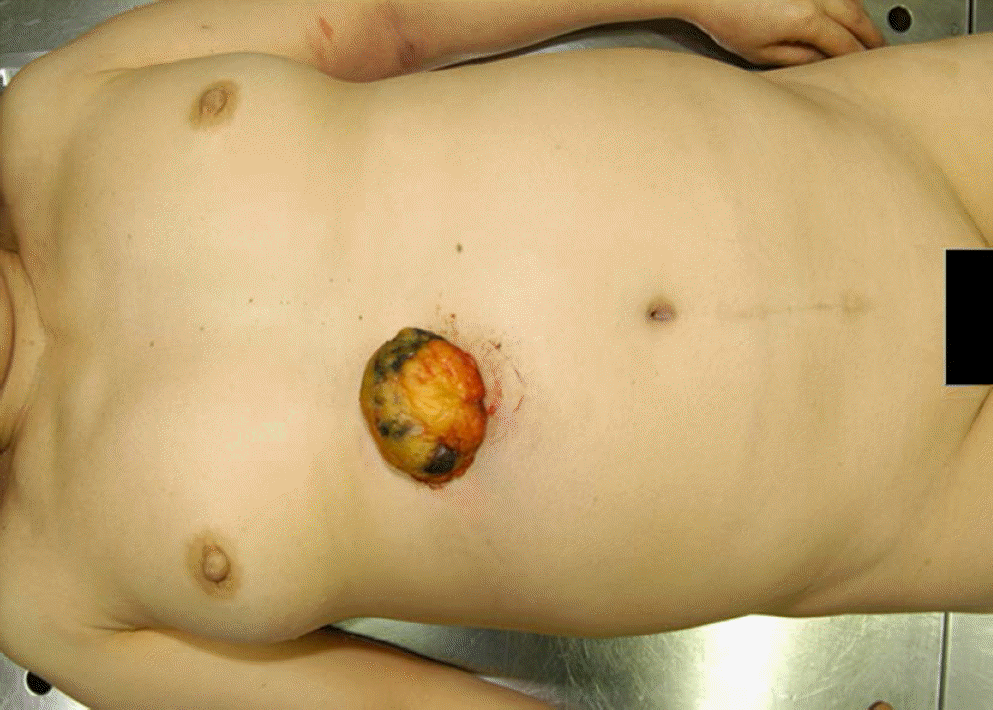
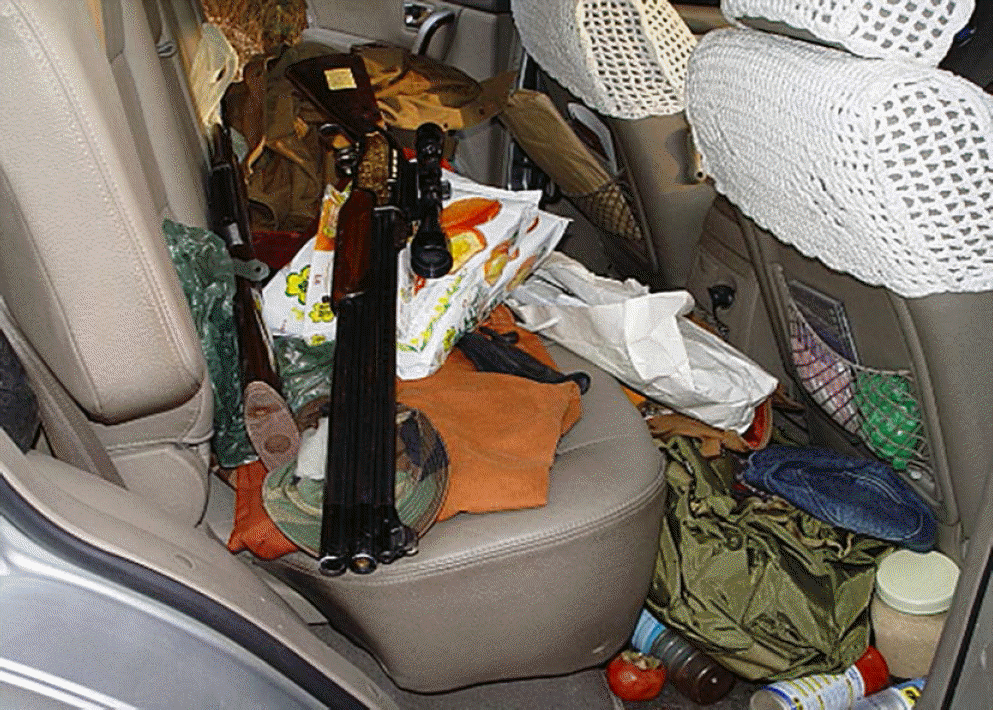
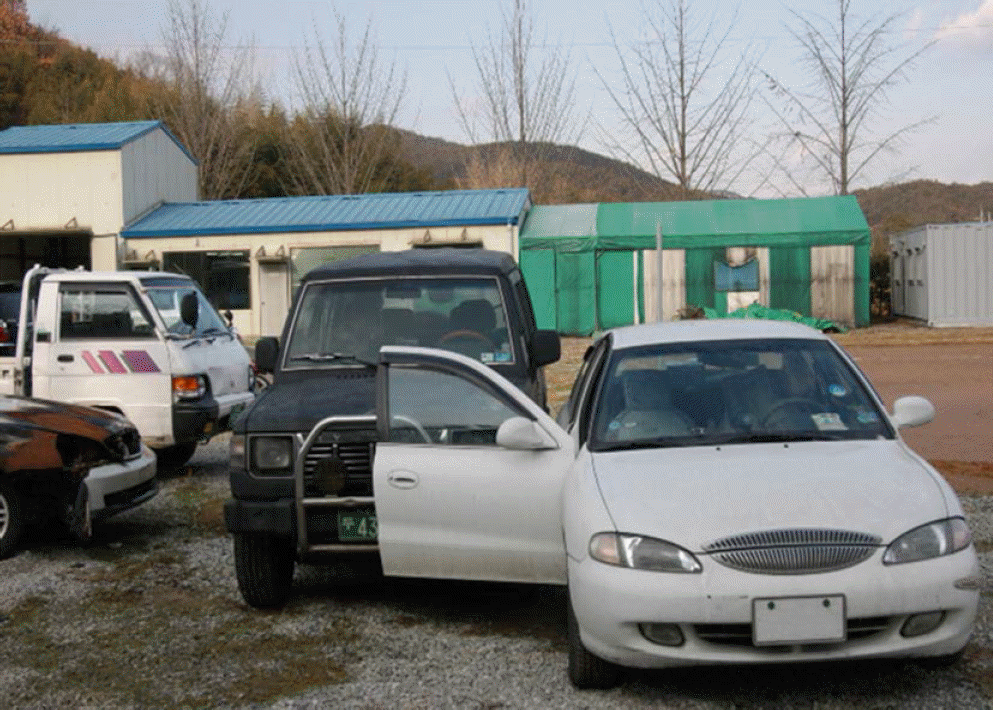
 XML Download
XML Download